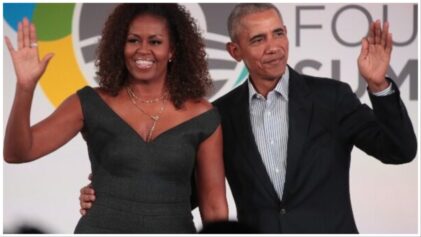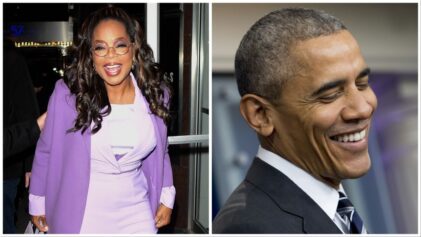With the wars in Iraq and Afghanistan coming to a close and with an eye on China’s rise in the East, President Obama is traveling in Asia to make sure that America keeps a hand in the politics and economies of a region that has not historically been prominent in America’s sphere of interest and influence.
During his five-day trip, Obama is stopping in Thailand, Cambodia and Myanmar, but never is China far from his sight. Obama has called himself “America’s first Pacific president” because of his childhood in Indonesia and Hawaii and he is invested in having his administration “pivot” to the region and away from the Middle East. But this process has been complicated by Israel’s incursion into Gaza, a situation that holds much political peril for the U.S. and Obama if the Israel moves its ground forces into Gaza and kills thousands of innocents.
As the dominant player in the region, China warily eyes any attempts by Obama to exert his influence in the region. So many of the nations of Southeast Asia look to China for sustenance and economic survival—Southeast Asia has become a major source of China’s computer chips and hard drives.
“The U.S. sees this pivot toward Asia as a way to counterbalance China’s growing influence in the region,” Suzanne DiMaggio, vice president of Global Policy Programs at the Asia Society, told NPR. “I think the U.S. looks to Asia and sees China’s fingerprints everywhere.”
In June, Defense Secretary Leon Panetta spoke at a conference in Singapore called the Shangri-La Dialogue, which is attended by senior civilian and military leaders from about 30 Asia-Pacific nations. Panetta’s speech was intended to outline the U.S.’s military strategy in upcoming years. Panetta said the U.S. would reposition its Navy fleet by 2020 so that 60 percent of the warships are in the Asia-Pacific region, compared to 50 percent now.
There are currently 282 ships in the U.S. Navy fleet. The number is expected to drop to 276 over the next two years, but eventually will rise to 300, based on Navy shipbuilding plans that have been publicly released.
For its part, China is not pleased with the U.S. plans for its fleet, feeling like the United States is trying to gain an upper hand in the region and fence in China. Since 90 percent of global trade occurs by sea, the U.S. and China, the world’s two largest economies, both consider the movement of ships in the South China Sea an issue of monumental importance.
John Ciorciari of the University of Michigan’s Gerald R. Ford School of Public Policy told NPR that the pivot to Asia has been in motion since the first days of the Obama presidency. “President Obama … sees this as a foreign policy legacy for his administration. It speaks to the big role that the U.S. sees for itself in Asia, which is to be there for the long term.”
Dean Cheng, a research fellow at the Heritage Foundation’s Asia Studies Center, says Asia is important because it could easily become a region of major instability.
“You have multiple nuclear powers: China, Russia, North Korea,” he says. “So, with any outbreak of hostilities, given the economic importance of the region, it will inevitably affect the American economy and the global economy.”
Obama was the first ever U.S. President to visit Myanmar, also known as Burma, a strategic nation wedged between India and China. When he arrived, outside the airport schoolchildren lined the street, waving Burmese and American flags. “I love Mr. Obama,” said 14-year-old Min Myat No Khin. “I love America. I love democracy.”
According to Time magazine, just a few years ago those three sentences might have been prisonable offenses. But not so in Burma now. In this country ruled by a hybrid military-civilian government, the culture of fear that smothered the country for nearly half a century has largely evaporated. Obama’s historic visit served to validate the efforts of Burma’s new rulers, who took over in March 2011 after a political transition managed by the former junta.
Led by President Thein Sein, the country officially known as Myanmar is attempting a difficult maneuver: “a democratic awakening spurred not by the footfall of protesting citizens but by the rulers themselves,” according to Time.


